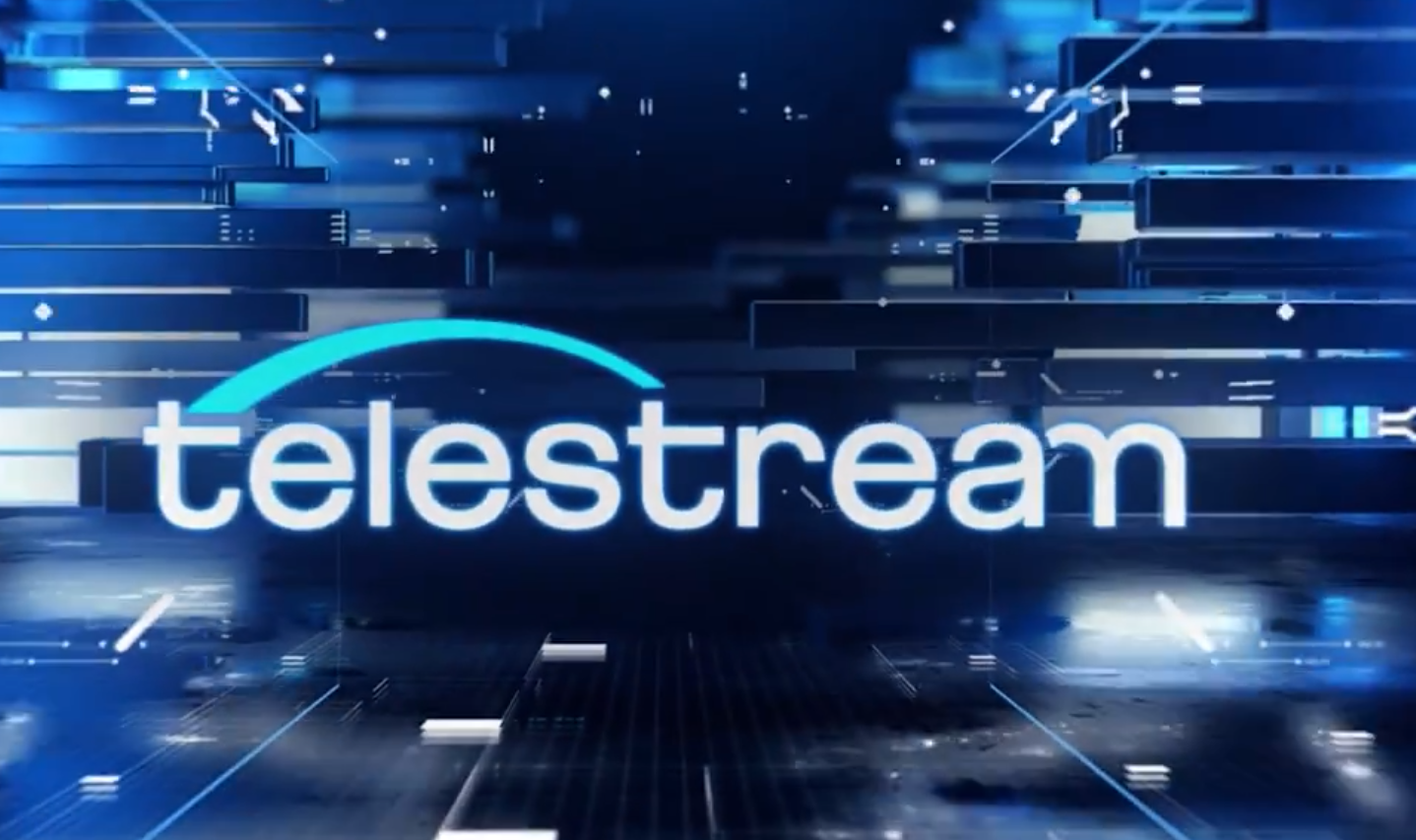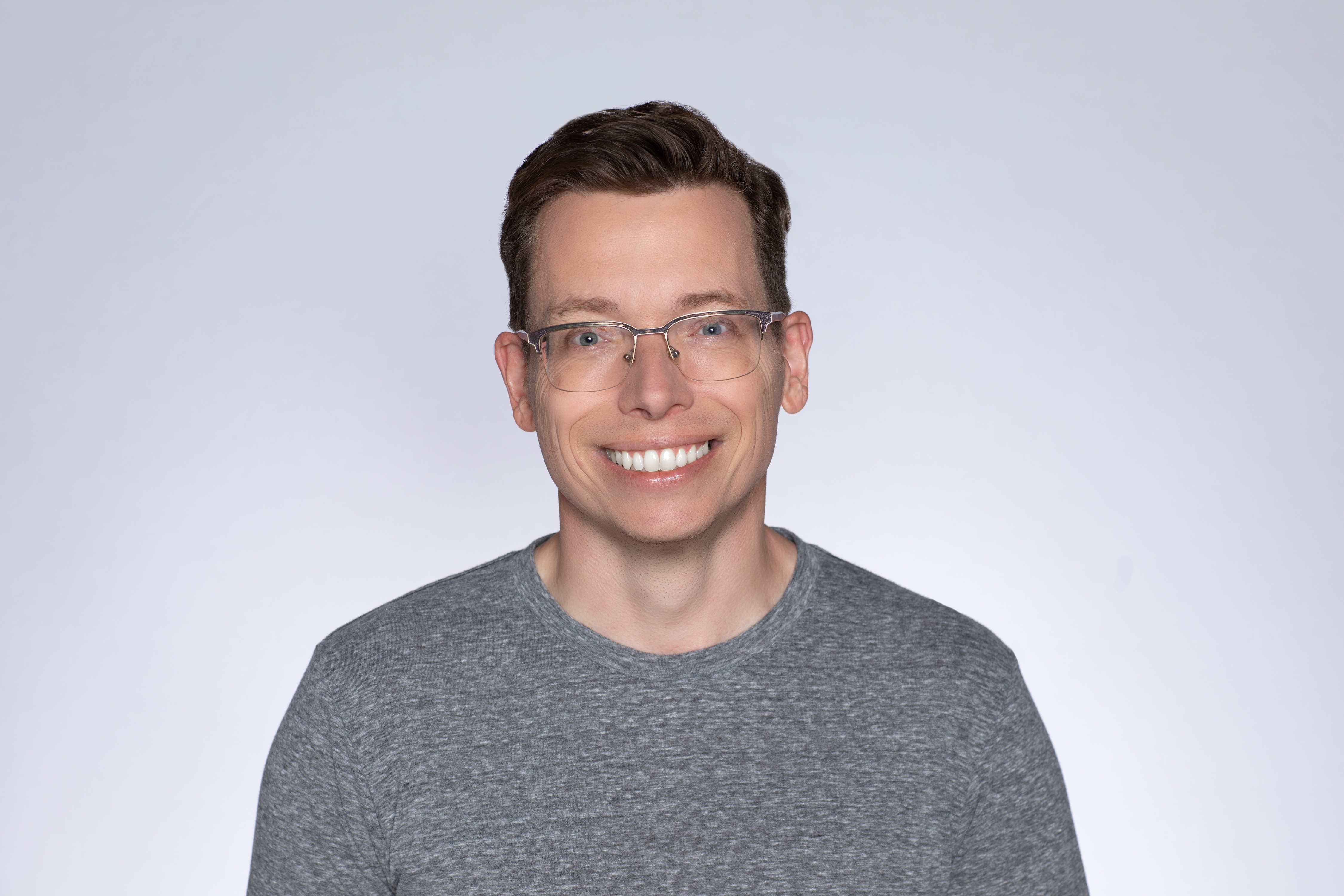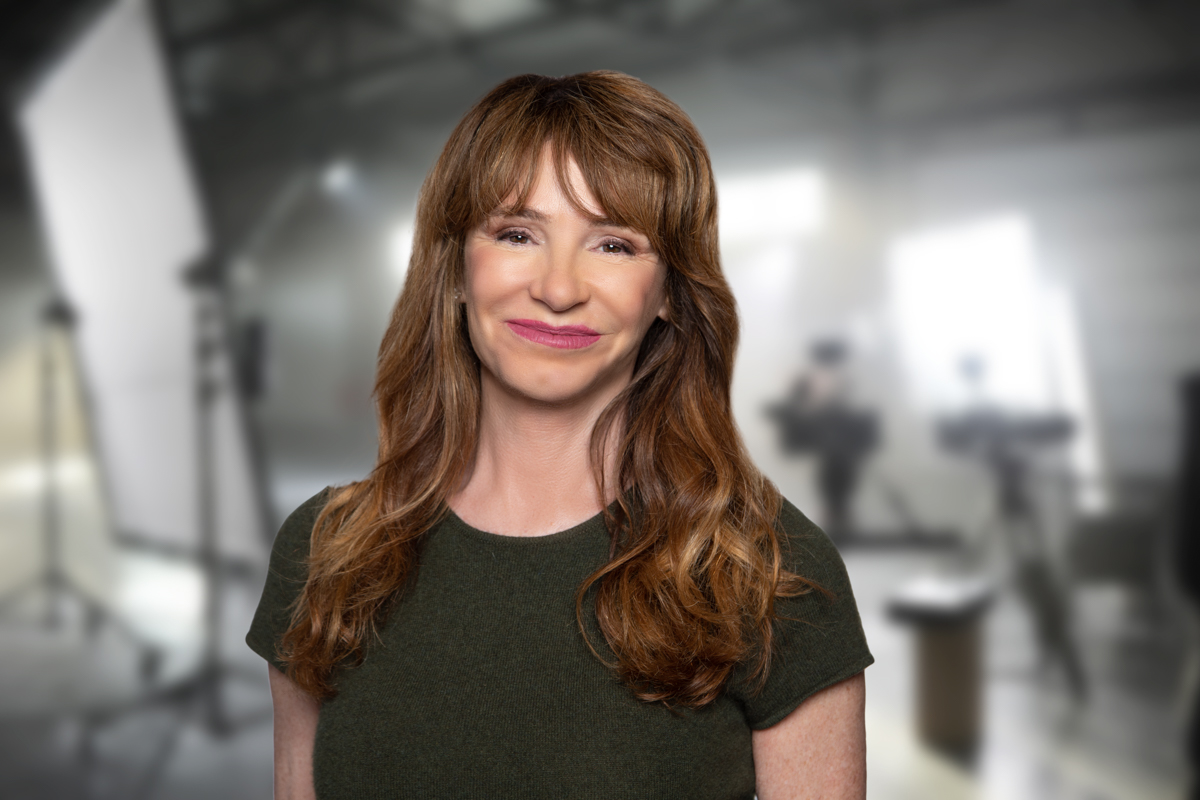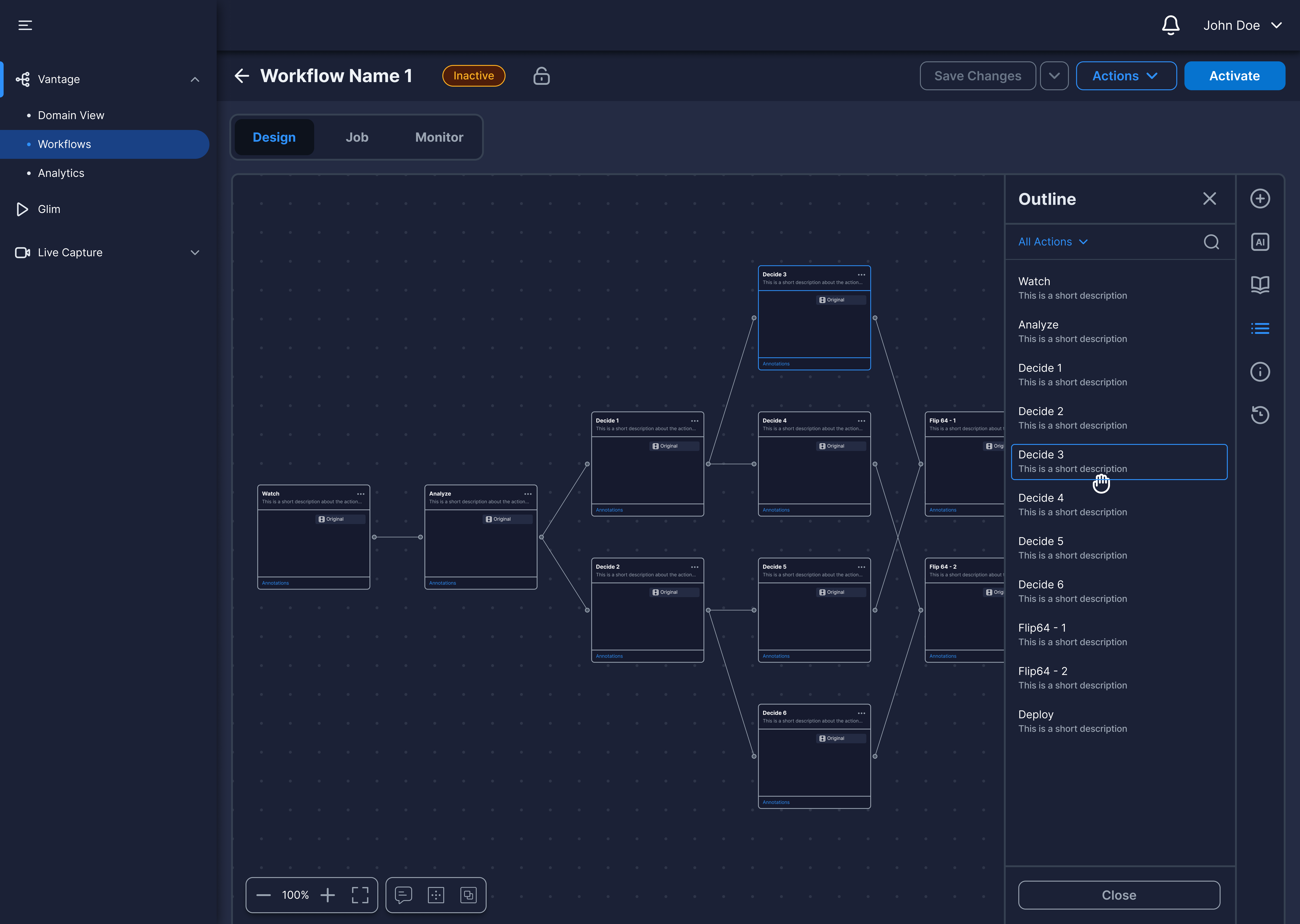Telestream Taps Power of AI to Manage, Define Media Workflows
CEO Rhonda Bassett-Spiers and CTO Simon Clarke discuss company's approach to adding AI tools to its product line

TV Tech recently sat down with Telestream CEO Rhonda Bassett-Spiers and CTO Simon Clark to discuss how the M&E industry is adapting the cloud, IP and AI to enhance and simplify media workflows. Here is an edited transcript:
TV Tech: Simon, you've been with Telestream for about 16 years now. How do you think the media and entertainment tech industry has changed over that time and how has Telestream evolved with it?
Simon Clarke: I came to Telestream as part of acquisition number two. I founded Vara Software and we brought along to Telestream two products, one was called "Wirecast" and the other was "ScreenFlow."
So I've been very involved in the streaming side of the business. And when I started with Wirecast, we originally streamed out three different formats: Real Networks, Windows Media Smooth Streaming and the third one was RTSP. A big part of Wirecast’s value was our ability to stream multiple formats. Things ended up consolidating later with Adobe's RTMP and those three formats sort of became footnotes.

And so the industry consolidated around H.264 and RTMP and then you have HLS, released in 2009. So we’ve got this huge ecosystem of different codecs and format containers simplified down. While I think that’s been an improvement for us, the complexity has exploded.
And for our customers, the complexity has come around the movement from on prem to hybrid cloud as well as the transition to 2110. And now we're going through yet another evolution: AI and machine learning; I think it's very early days right now for long-form generative content, but it's coming. I think we're all going to remember the first generative AI movie we watch at the theater—I think that milestone is coming.
TVT: Tell us about some of the new products you launched at NAB and how the company has evolved under new leadership.
SC: We have a new user interface design system that is going to initially roll out with three new products we talked about at NAB. We're also launching a product called "Live Play 2.0," which is a playback service solution. This is going to roll out to all of our products at Telestream on a new unified look and feel.
Rhonda Bassett-Spiers: Telestream is 26 years old, and over that period of time, we've acquired 13 companies but we’ve never really been able to, quote, tell the story about how those pieces fit together to create a bigger “whole.” We made these acquisitions, but never really integrated them, nor have we gone to market to tell the story of how it all fits together.
Get the TV Tech Newsletter
The professional video industry's #1 source for news, trends and product and tech information. Sign up below.

We've done that now. And so at NAB we announced our new framework of “ingest, enhance and deliver.” It really talks through the content supply chain, like how we move, how we ingest content, how we enhance it, and then how we deliver and distribute.
But one of the things that we've done as part of this rationalization… we looked across our product line and realized they all look and feel a little bit different. Many of them were designed by engineers for engineers, which is great if you have someone that's been in their role for 10-15 years, but as newer people come onboard and as we even want to go to new markets… if we want to go more mid-market our products need to be easier to use.
So we created a UI UX function and as we build out new products, the UI is all going to look very similar. We're also building in AI, both as co-pilot, but also as ways to enhance our workflows so that we can allow customers to be more productive; so things that used to take days or weeks to do can take minutes.
SC: At NAB we showed our workflow designer that's running initially in the cloud. And then there is a tool called GLIM, which allows you to open broadcast media directly in your browser and have that streamed back to you and can be viewed on a lower end computer and you don't have to download the whole file. It’s a really great tool for QC and other monitor features.
And then Live Capture, a FAST channel application where I can spin up live channels very quickly and record them to cloud storage. You can view them with GLIM as they're being created, and then push them through the workflow. We will be rolling these out towards the end of the year.
TVT: Tell us a bit more about how you’re using AI in Vantage.
SC: A typical workflow for Vantage today is as follows: it receives a file, then it does a bunch of stuff, but I think the trick here is that “bunch of stuff” can be difficult to decipher for people that didn't build the workflow for somebody who is new to the industry. And so we use machine learning to take the whole of an existing workflow and then automatically build and generate a description of what that workflow does. So without me having to go in and sort of peer into each individual place and go, “what does this part do?” “What is this doing,” the AI is able to build a really very simplistic description actually telling me what this workflow is going to do.

This helps our customers understand what they have in their catalog of workflows and lets them search on them through natural language. It’s using generative AI to help our operators understand and categorize their existing workflows and maintain those going forward.
TVT: What’s been the customer response?|
RBS: We've been doing business reviews with customers, especially the larger enterprise-level customers, ABC, NBC, etc., they have hundreds of workflows, right? Their problem is in finding a workflow that does what they need it to do. And so invariably, they'll have several hundreds or thousands of these workflows and they don't necessarily have an up-to-date description of each one.
So this is one application as a result of feedback from customers who want to know what a workflow does, so that they don't have to go and recreate it. Having a definition that is standard across all the workflows makes it a lot easier to keep up to date and makes it a lot easier to find what you're looking for.
TVT: So this feature consolidates and eliminates workflows based on redundancy and things like that?
SC: It has that capability because it can understand the intent of what the customer is doing. Now, we have to be slightly careful of deleting people's workflows but I think you could see a feature though, that says, “Oh, these workflows look very similar to each other, would you like to consolidate or remove them?” We would never remove them without a user performing that action, but absolutely, that's where we're going.
TVT: Tell us about some of the other features.
SC: We’ve put a virtual assistant into all of our applications. Now obviously, you’re seeing more of them these days, but our trick here is it knows about Vantage… it's a “broadcast engineer” baked in.
I can have a conversation with the virtual assistant about the features of our products and also industry stuff in general. It has a knowledge base that expands across all of our products and where we have a knowledge base, we're filling that with data from our industry experts.
We want to provide something that can really help both experienced broadcast engineers and people new to the industry be successful, because as you know, there is a tremendous amount of complexity associated with our business and we feel like we can add huge value through an AI assistant that has domain-specific knowledge.
We also have a fantastic new user interface for Vantage workflow designer. We're super excited about being able to generate a workflow through natural language. We've had feedback that as workflows get more complicated, we can really save operators huge amounts of time… they can use this to get started really quickly to modify existing workflows. This is going to give people their time back and it's going to take workflows that, in the past, needed specialist knowledge to build and you're gonna be able to build them with natural language super, super fast.
RBS: One of the things we've heard from our customers is that there is a small subset of people who can really create the more complex workflows and we've had customers ask us for training and things like that. So this will provide the virtual assistant—as well as this natural language—the ability to build the workflow or leverage natural language to build the workflow, enabling customers to be more productive. It'll lower the bar in terms of the training and expertise required to be able to do this.
TVT: Rhonda, let’s talk about your first year leading Telestream. What are your impressions about the industry 12 months in?
RBS: It's been a really fascinating year. Clearly this industry is different than any I've worked in previously. My background is financial services supply chain, perishable food supply chain, but it's always been software, right? I've also been in industries where technology adoption has been more accelerated. So for example, in financial services, cloud, AI, machine learning, SaaS, all of those things happened 10 years ago.
And what's interesting about this industry is you would think that media and entertainment is bleeding edge. But if you pull back the curtain, it's actually still evolving—it's been a little slower to adopt the newer technologies like cloud and AI.
Our customers’ business models are evolving and I think as a company Telestream has been the “on prem” leader for 25 years and we're going to continue to lead and innovate and lead on prem. But we want to lead in the cloud as well.
But we didn't necessarily have all the experience in terms of running a software company at scale and then continuing to innovate. Much of our innovation had been at the request of customers or through an acquisition. And so we needed to build out a strong product organization so we brought in Mike Gilson as the chief product officer. Mike does not come from the industry but he's very quickly come up to speed and pulled together our products, and figured out a framework in terms of how we can position our products and all the acquisitions we've made into a story that we can tell customers in the market that shows how all the pieces fit together to create a better whole.
And we also needed a little more sophisticated financial function so we brought in a CFO that had been a CFO at a prior company and had also had 15 years of public accounting experience. And that helps us because as a company, we didn't have things like product p&l (profit & loss), we didn't have some of the rigor that we need in order to run and operate our business.
We also needed to get some experience with the cloud. We needed some experience with AI and machine learning. We needed experience on UI UX, disciplines we didn't have. Most of our engineering is still intact, but we've had to make adjustments because we need to focus on two to three areas in order to grow the top line of the company and we want to invest and put a lot of wind behind those arrows, as opposed to just trying to manage a portfolio of 50 products and incrementally enhancing them over time.
We're taking a really pragmatic view. For example, our copilot applications are changing the way people program, but they're not replacing people, they're helping people be more productive. AI is going to dominate it but we're demonstrating things that we think have real value to people immediately versus just saying AI for the sake of saying “AI.”
Tom has covered the broadcast technology market for the past 25 years, including three years handling member communications for the National Association of Broadcasters followed by a year as editor of Video Technology News and DTV Business executive newsletters for Phillips Publishing. In 1999 he launched digitalbroadcasting.com for internet B2B portal Verticalnet. He is also a charter member of the CTA's Academy of Digital TV Pioneers. Since 2001, he has been editor-in-chief of TV Tech (www.tvtech.com), the leading source of news and information on broadcast and related media technology and is a frequent contributor and moderator to the brand’s Tech Leadership events.

